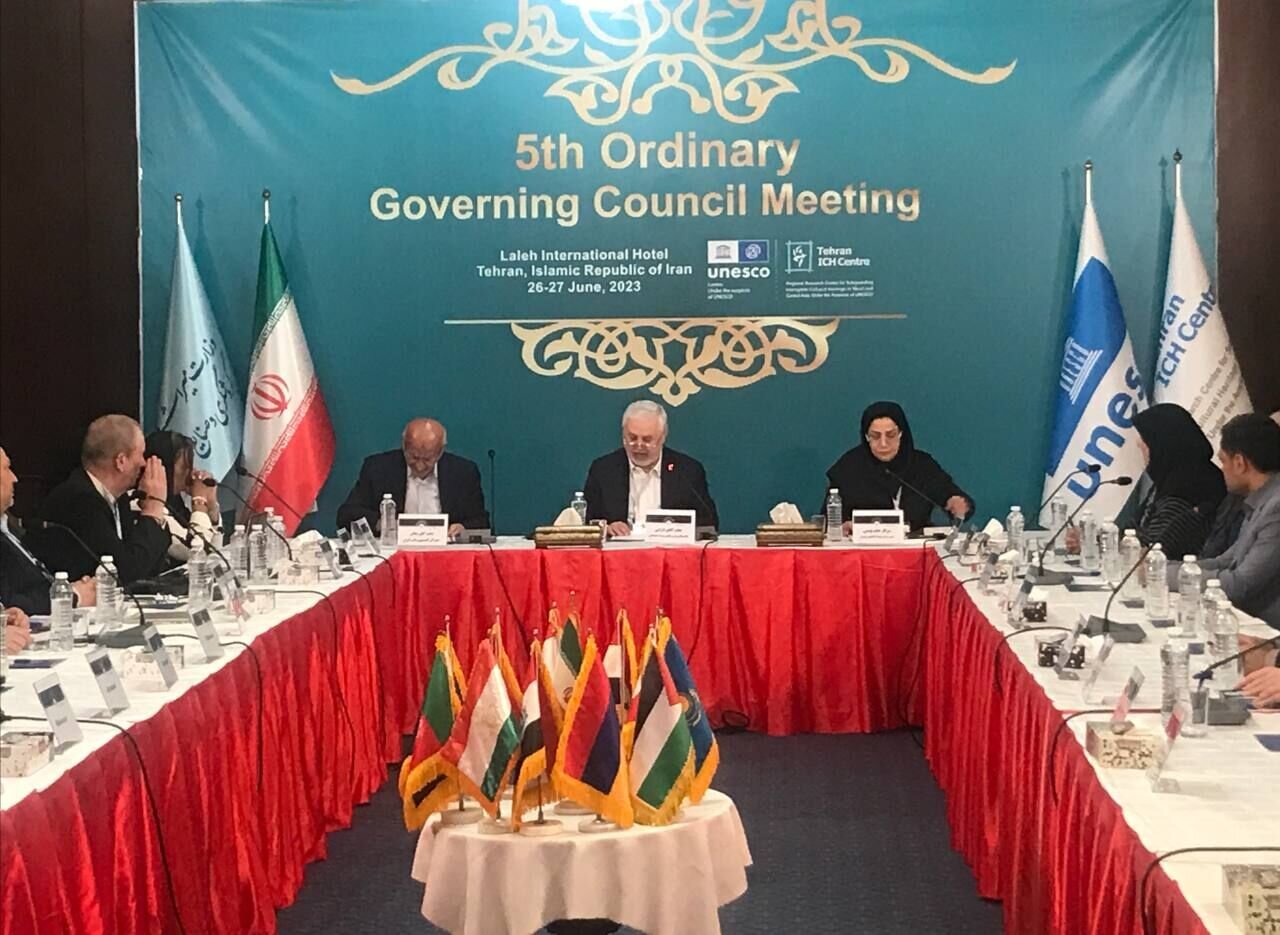Iran firmly adheres to safeguarding intangible cultural heritage convention: deputy minister

TEHRAN – Iran firmly adheres to the UNESCO Convention for the Safeguarding of the Intangible Cultural Heritage, Ali Darabi, the deputy tourism minister, said on Monday.
“Iran is one of the most active countries in the world in the implementation of the Convention for the Safeguarding of the Intangible Cultural Heritage,”Darabi said.
He made the remarks in the 5th Ordinary Governing Council Meeting of the Regional Research Center for Safeguarding Intangible Cultural Heritage in West and Central Asia, IRNA reported.
Tangible heritage is born from the intangible heritage of nations and has revealed the secrets of human-oriented coexistence throughout history… In fact, intangible cultural heritage is the soul of a nation’s culture, the official explained.
“Although intangible cultural heritage has been popularized in international literature over the last two decades, in West Asia and consequently in Islamic Iran, this concept has been of interest for centuries.”
The official said Iran is proud of promoting symbols and manifestations of rich intangible cultural heritage.
Representatives and experts from several Asian countries are attending the meeting held in Tehran’s Laleh Hotel on June 26 and 27.
So far, a wide variety of Iranian elements from traditional skills of building and sailing Iranian Lenj boats in the Persian Gulf to Radif of Iranian music, and from pilgrimage to the St. Thaddeus Monastery to the art of the miniature have gained a place on UNESCO’s list of the Intangible Cultural Heritage of Humanity aimed at protecting the cultural achievements of the nation.
According to the UN cultural body, an intangible cultural heritage refers to “traditions or living expressions inherited from our ancestors and passed on to our descendants, such as oral traditions, performing arts, social practices, rituals, festive events, knowledge and practices concerning nature and the universe or the knowledge and skills to produce traditional crafts.”
Approved by the UNESCO General Conference on 17 October 2003, the Convention for the Safeguarding of the Intangible Cultural Heritage works on both national and international levels.
At the national level, state parties are supposed to take necessary measures to ensure the safeguarding of the intangible cultural heritage present in its territory. These measures include the identification of the intangible cultural heritage that exists in its territory, the adoption of appropriate policies, the promotion of education, and so on. At the international level, this convention promotes cooperation, which includes “the exchange of information and experience, joint initiatives, and the establishment of a mechanism of assistance” to other state parties.
AFM
Leave a Comment